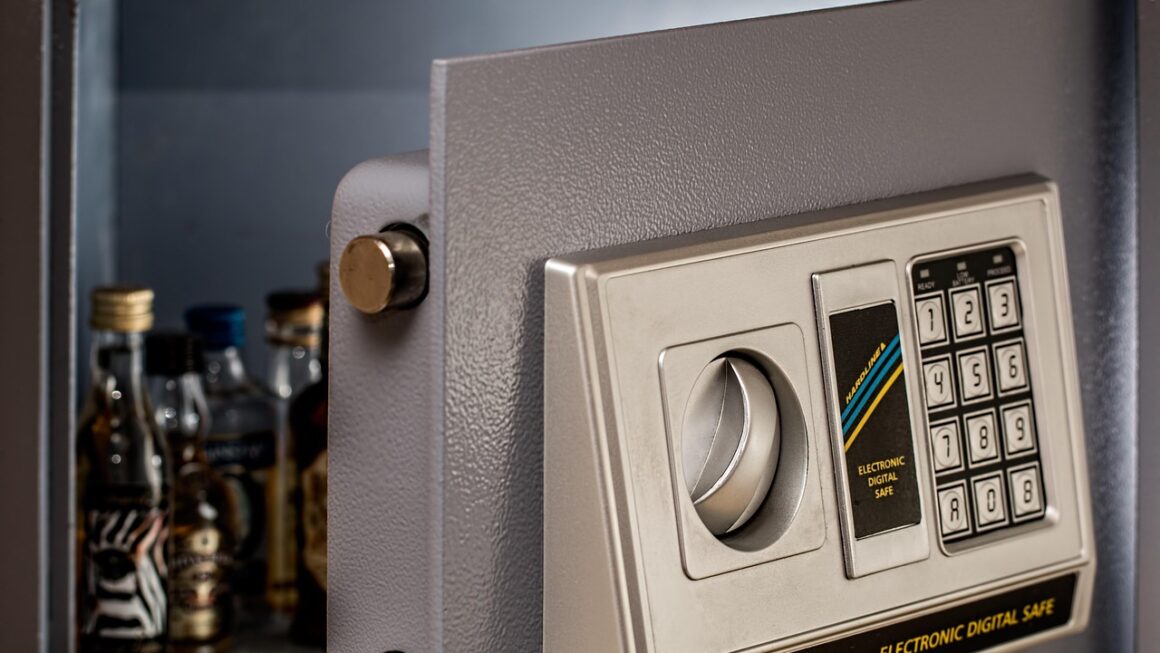The seemingly simple concept of a “mileage limit” hides a surprising amount of complexity, impacting everything from car purchases and leasing agreements to business expenses and environmental concerns. Understanding mileage limits is crucial for anyone who owns, leases, or operates a vehicle, whether for personal or professional use. This comprehensive guide will delve into the intricacies of mileage limits, exploring their various applications and implications.
Understanding Mileage Limits in Different Contexts
Mileage Limits in Leasing Agreements
One of the most common encounters with mileage limits is in car leasing. Lease agreements typically specify an annual mileage allowance, often ranging from 10,000 to 15,000 miles per year. Exceeding this limit results in penalties, usually calculated per excess mile, which can significantly impact the total cost of the lease. For example, a lease with a 12,000-mile annual limit and a $0.25 per mile overage fee could cost an extra $150 if you drive 1,000 miles over the allowance.
Mileage Limits for Business Vehicles
Businesses that use vehicles for work often face mileage limits, though these are less about contractual obligations and more about tax implications and operational efficiency. The IRS provides standard mileage rates for deducting business vehicle expenses, and tracking mileage carefully is essential for accurate tax reporting. Failing to track mileage accurately can lead to significantly underestimating these deductions.
Mileage Limits and Warranty Coverage
Some vehicle warranties have mileage restrictions. This means that coverage might expire if the vehicle exceeds a certain mileage threshold, regardless of its age. It’s crucial to review your warranty documentation to understand these limitations and to potentially explore extended warranty options if you anticipate high mileage.
Calculating Mileage and Tracking Your Driving
Accurate Mileage Tracking Methods
Precise mileage tracking is essential for various reasons, from managing lease agreements to optimizing business expenses. Effective methods include:
- Mileage tracking apps: Many apps automatically record mileage driven, categorize trips (personal vs. business), and generate reports.
- Manual logbook: A simple notebook can suffice, but it requires diligent record-keeping of date, starting mileage, ending mileage, and purpose of each trip.
- GPS devices: Some GPS devices provide detailed mileage information that can be easily downloaded.
Importance of Regular Mileage Checks
Regularly checking your odometer and updating your mileage records is crucial. This helps ensure you stay within lease limits, claim accurate business expenses, and maintain compliance with warranty conditions. Ideally, you should check your mileage at least once a month or even weekly if you’re a high-mileage driver.
Negotiating Mileage Limits in Leases
Understanding the Lease Terms
Before signing a lease, thoroughly review the mileage allowance and any associated fees. Negotiating a higher mileage limit is often possible, particularly if you anticipate driving more than the standard allowance. A higher limit might slightly increase the monthly payment, but it offers greater flexibility and avoids potentially expensive overage charges.
Strategies for Negotiating Higher Mileage Limits
Several strategies can improve your chances of negotiating a higher mileage allowance:
- Highlight your driving needs: Clearly explain why you require a higher mileage limit, providing justification like long commutes or frequent business trips.
- Shop around: Comparing offers from different dealerships can reveal more favorable lease terms, including higher mileage limits.
- Consider a shorter lease term: A shorter lease term might allow for a lower mileage limit, mitigating the need for extensive negotiation.
Consequences of Exceeding Mileage Limits
Financial Penalties
Exceeding a mileage limit often leads to significant financial penalties. These penalties are typically calculated per excess mile, and the cost per mile can vary considerably depending on the lease agreement or contract. The longer the lease and the higher the mileage overage, the more substantial these fees become.
Impact on Lease Buyout
If you exceed the mileage limit in your lease agreement, it could affect the residual value of the vehicle. A higher mileage vehicle generally has lower resale value, which can influence the buyout price if you decide to purchase the car at the end of the lease term.
Warranty Implications
While not directly related to mileage limits in a lease, exceeding recommended mileage during the warranty period might affect your ability to claim coverage for certain repairs. Always consult your warranty to understand its specific terms.
Minimizing Mileage and Optimizing Driving Habits
Route Planning and Efficiency
Careful route planning can significantly reduce overall mileage. Using GPS navigation apps to find the most efficient routes, avoiding unnecessary detours, and considering traffic conditions can make a big difference, especially for frequent commuters.
Reducing Unnecessary Trips
Consolidating errands into single trips, utilizing public transport when feasible, and working from home occasionally can collectively reduce your mileage and save you money.
Vehicle Maintenance
Regular vehicle maintenance, including tire inflation checks and engine tune-ups, can improve fuel efficiency, indirectly minimizing mileage for a given distance.
Mileage Limits and Environmental Considerations
The Environmental Impact of High Mileage
High mileage directly contributes to increased fuel consumption and subsequently, higher carbon emissions. This highlights the environmental impact of driving habits and the importance of mindful driving to reduce our carbon footprint.
Sustainable Transportation Alternatives
Exploring alternatives to private car use, such as cycling, walking, public transport, and carpooling, can significantly reduce individual mileage and promote a more sustainable transportation system.
Conclusion
Understanding mileage limits is crucial for responsible vehicle ownership and operation. From navigating lease agreements and managing business expenses to minimizing environmental impact, a thorough grasp of these limits empowers informed decision-making. Whether it’s negotiating lease terms, accurately tracking mileage, or adopting fuel-efficient driving practices, proactive management of mileage can translate to significant financial savings and reduced environmental impact. Remember to carefully review all contracts, meticulously track your mileage, and consider the broader implications of your driving habits.




